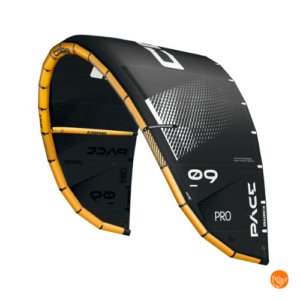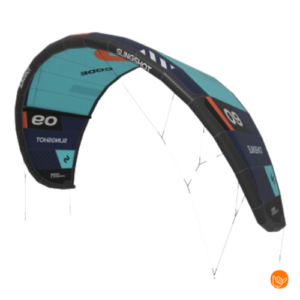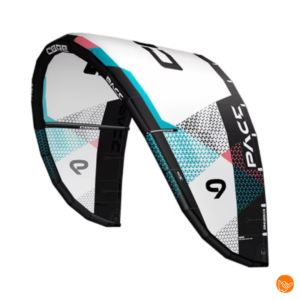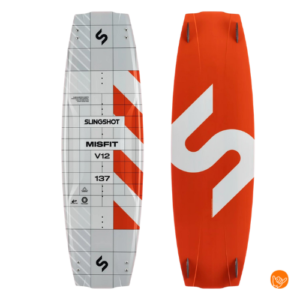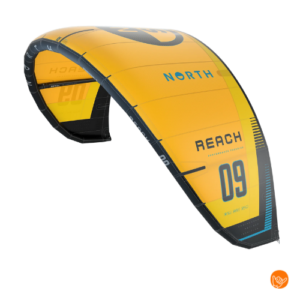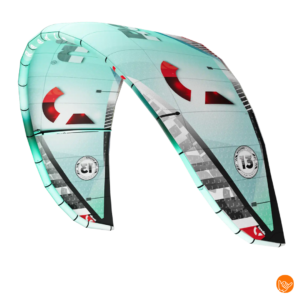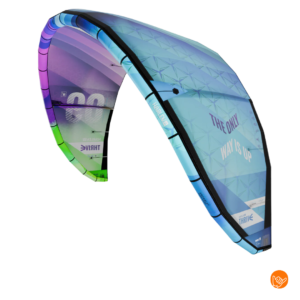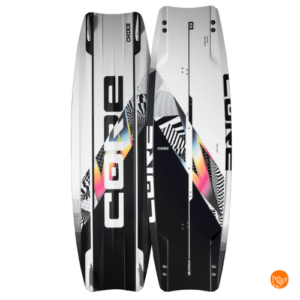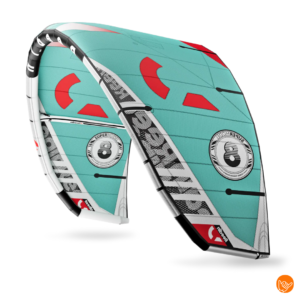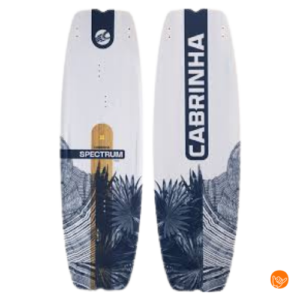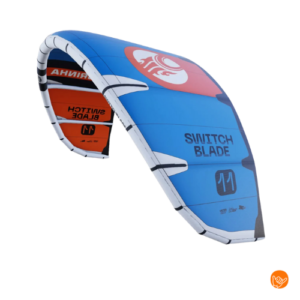Europe offers kitesurfers an impressive variety of popular destinations, from the consistent winds of Portugal and Spain to the challenging waves of the North Sea. The most popular kitesurfing destinations Europe combine reliable wind conditions, safe conditions and good infrastructure. This guide answers the most important questions about kitesurfing destinations Europe and helps you choose the perfect location for your level and budget.
What factors make a kitesurfing destination popular in Europe?
A popular kitesurfing destination in Europe is determined by five crucial factors: consistent wind conditions, safe kitesurfing conditions, good infrastructure, easy accessibility and a vibrant local kitesurfing culture. These elements combine to make a location attractive to beginners and experienced riders alike.
Consistent wind conditions form the basis of any good kite spot. The best European kitesurfing spots offer at least 15-25 knots of wind during most of the season. Locations such as Tarifa in Spain and Guincho in Portugal are known for their reliable year-round winds.
Safe conditions mean plenty of space on the water, no dangerous obstacles and suitable water for different skill levels. Infrastructure includes kite schools, equipment rentals, repair service and accommodation options near the spot.
Accessibility plays a big role - popular destinations are easily accessible by plane, car or public transportation. An active local kitesurfing culture provides a welcoming atmosphere, events and a community to learn from.
Where can you find the most consistent winds for kitesurfing in Europe?
The most consistent winds for kitesurfing in Europe can be found along the Atlantic coast of Portugal and Spain, followed by certain Mediterranean locations and some northern European spots. These areas benefit from stable weather systems that create reliable wind conditions throughout the year.
Southern Spain and Portugal offer the best wind consistency in Europe. Tarifa benefits from the Levante and Poniente winds, while the Portuguese coast from Peniche to the Algarve has regular northerly winds. These regions have 200+ wind days per year.
The French Atlantic coast, especially around Leucate and La Franqui, offers excellent wind conditions thanks to the Tramontane wind. This northwest wind often blows for days at a time with forces between 20-35 knots.
In northern Europe, the North Sea and Baltic Sea provide good wind conditions, especially in the autumn and winter months. Locations such as Scheveningen in the Netherlands, Sankt Peter-Ording in Germany and Hvide Sande in Denmark are popular with local kitesurfers.
Seasonal differences are important to understand:
- Summer: southern Europe has thermal winds, northern Europe less consistent winds
- Winter: Northern Europe gets powerful storm systems, Southern Europe has milder but stable conditions
- Spring and fall: Transitional periods often offer the best combination of wind and temperature
Which kitesurfing destinations are best for beginners versus advanced surfers?
Beginners benefit from flatwater locations with stable winds and good instructional opportunities, while advanced kitesurfers seek challenges in wave conditions, strong winds and technical spots. The choice depends on your skill level and what you want to learn.
Best destinations for beginners:
- Algarve, Portugal - flatwater lagoons and kite schools
- Fuerteventura, Canary Islands - stable trade winds
- Kos, Greece - sheltered bays and meltemi winds
- Ijsselmeer, Netherlands - large flatwater area close to home
These locations offer flatwater conditions where beginners can practice safely without worrying about waves. The presence of accredited kite schools with certified instructors is crucial for a good start.
Challenging spots for the advanced:
- Tarifa, Spain - strong winds and wave conditions
- Hvide Sande, Denmark - powerful North Sea waves
- Leucate, France - Tramontane winds and technical conditions
- Sylt, Germany - German North Sea with challenging conditions
Advanced riders seek locations with variable conditions to improve their skills. Wave conditions, stronger winds and more technical spots provide the challenge experienced kitesurfers seek.
What are the costs of kitesurfing in popular European destinations?
The cost of kitesurfing in Europe varies greatly by destination and season. Budget about €50-150 per day for equipment rental, accommodation and daily expenses, depending on the location and your comfort level. Southern Europe is generally cheaper than northern Europe.
Equipment rental per day:
- Complete set (kite, board, bar): €40-80 per day
- Kite only: €25-50 per day
- Board and bar: €20-35 per day
- Wetsuit: €10-20 per day
For regular kitesurfers, a flexible subscription be more cost-effective than daily rentals, especially if you kite several times a month.
Accommodation cost per night:
- Hostel/camping: €15-40
- Budget hotel/apartment: €40-80
- Mid-range accommodation: €80-150
- Luxury resorts: €150+ per night
Kitesurfing lessons cost €40-80 per hour for private lessons, group lessons are cheaper at €25-45 per person. Many kite schools offer package deals for several days.
Transportation and daily expenses vary by country. Portugal and Spain are generally cheaper than Germany, Denmark or the Netherlands. Plan €20-50 per day for food and drink, depending on your choices.
When is the best season to kitesurf in different European locations?
The best season for kitesurfing in Europe depends on the specific location and your preferences for wind strength, temperature and crowds. Southern Europe offers year-round opportunities, while northern Europe is seasonal with the best conditions from April to October.
Southern Europe (Spain, Portugal, Canary Islands):
- April-June: Excellent wind conditions, mild temperatures, less crowded
- September-November: Steady winds, warm water, perfect conditions
- December-March: Cooler temperatures but good wind, ideal for experienced riders
- July-August: Warmest but busiest and sometimes less wind
The Canary Islands are suitable year-round thanks to stable trade winds. Fuerteventura and Lanzarote offer 300+ wind days a year.
Northern Europe (the Netherlands, Germany, Denmark):
- May-September: Best period with warmer temperatures
- October-April: Colder months but often strong winds
- Fall/winter: Storm seasons offer challenging conditions
For those who want to kitesurf year-round, it is wise to keep your equipment flexible. With a custom set you can tailor your equipment to different seasons and destinations.
Planning is essential for a successful kitesurfing vacation. Always check local wind forecasts and seasonal patterns before booking. For more information on putting together your ideal kiteset or questions about destinations, please feel free to Get in touch with us for personalized advice.












